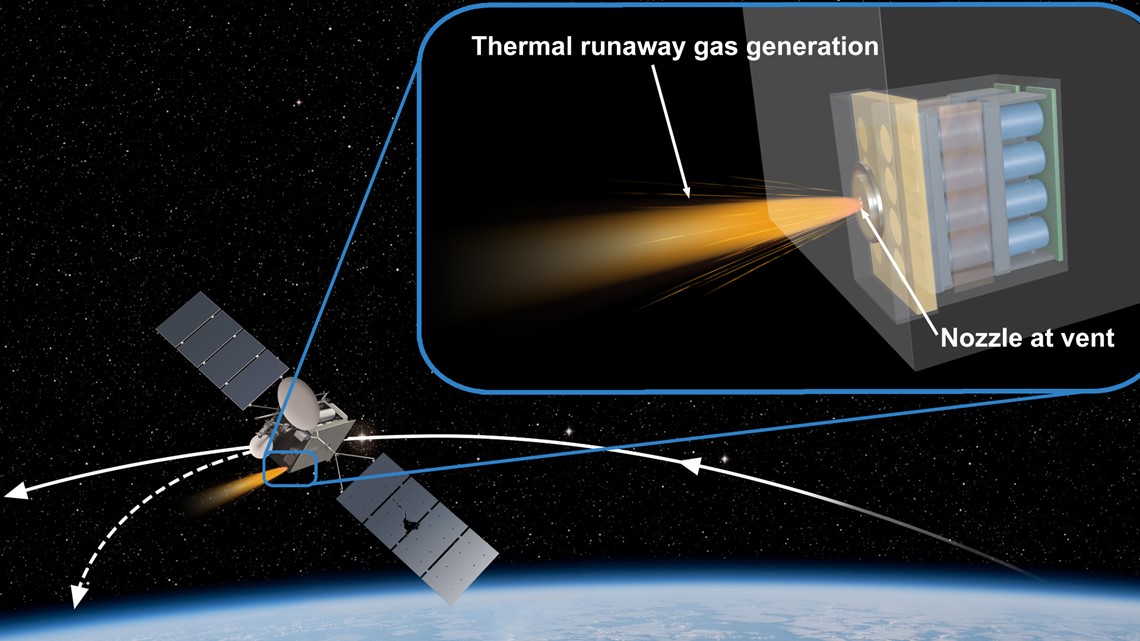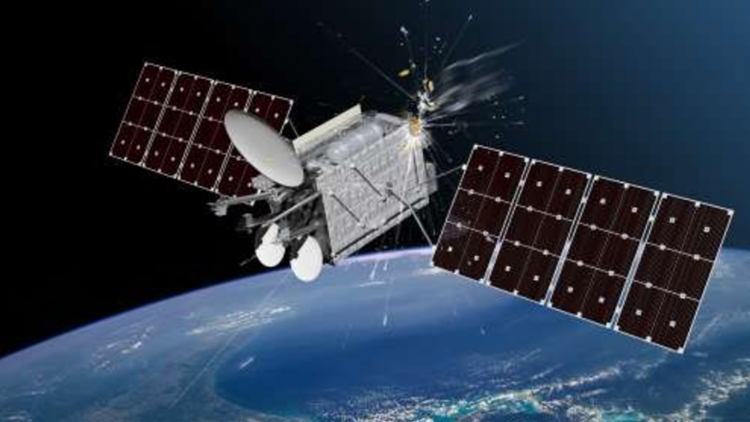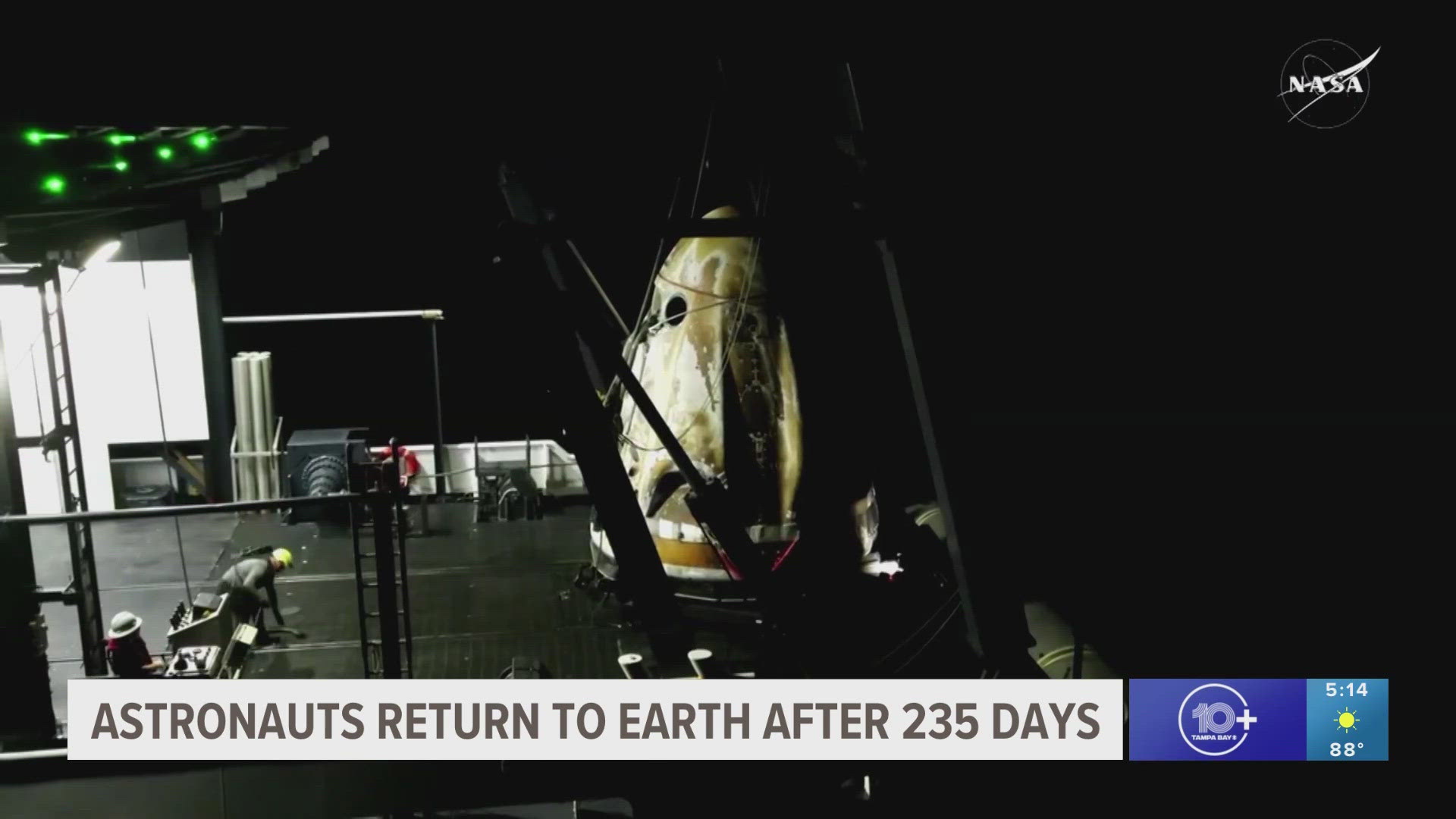EL SEGUNDO, Calif. — There's a universal consensus that a growing space junk problem is lurking just beyond Earth's atmosphere. But the question remains, how do we fix it?
Well, scientists and engineers at The Aerospace Corporation's Center for Space Policy and Strategy think they've found a sustainable solution — batteries.
Not the kind currently powering your TV remote or the ones you keep forgetting to replace in your smoke detector. We're talking about lithium-ion batteries which the company says can typically be found onboard most spacecraft.
"The population of satellites in low Earth orbit (LEO) is expected to rapidly rise over the next decade, adding to those already present," The Aerospace Company wrote. "The existing population of human-made objects in LEO has already caused space junk to become self-sustaining due to additional collisions between debris."
According to a press release, the way the "novel technology" will work to reduce the amount of debris being left behind in space is by igniting the lithium-ion battery "into thermal runaway," giving it enough thrust to deorbit.
This plan would eliminate the need for satellites to rely on atmospheric drag to deorbit and limit the number of satellites that "remain in orbit well past their useful lifespan."
“Everybody knows about lithium-ion batteries and their risk to go into thermal runaway and spewing fire,” Dr. Joseph Nemanick, a senior research scientist in the Energy Technology Department said. “The Lithium-ion Battery Deorbiter is turning that weakness into a strength.”


The team is said to have already demonstrated the activation of space-rated battery cells and achieved a thrust comparable to that of a commercial solid rocket motor.
According to a press release, the force demonstrated is sufficient enough to reduce the residual orbit time for a small satellite in low Earth orbit by 55-percent. It is unclear, based on this study, what constitutes a "small satellite."
But while the technology appears to be promising it has quite the hurdle to clear — altering people's outlook.
“Telling people that you can skillfully harness one of the scariest things that can happen in space takes a lot of convincing,” said Nemanick. “However, looking at this event from a purely chemistry perspective, there is significant overlap between battery thermal runaway and a normal solid rocket motor.”
Further testing is set to take place to harness how much thrust can be generated, in addition to finding ways to ensure safe activation.
Developers, over time, say they hope others will realize the answer to the space junk problem could "already lie within."



